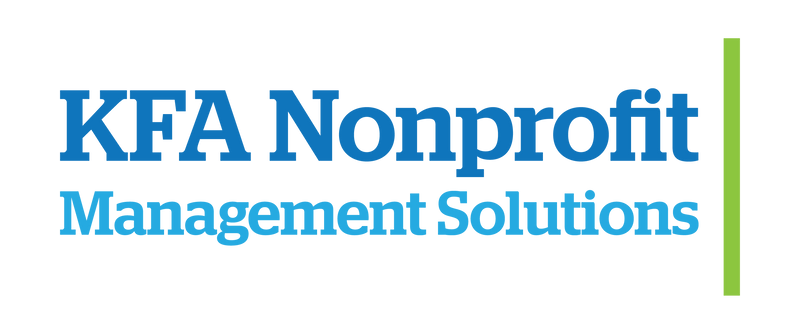In the wake of the 2024 election, what impacts can we expect on the grant funding landscape? That is a complicated question. We will try to break it down the best we can.
Near Term
While we do not have a crystal ball, we can make a few assumptions. First, we can expect an ugly showdown in December when the current continuing resolution (CR) of the federal budget expires. Several different scenarios could play out there, but most likely we'll see a lame duck administration in a weak position to negotiate and unwilling to grind into a federal shutdown immediately before the holidays. We are likely to see a strong push for policy riders, as we have seen with previous CRs, but those may lack some bluster since the new majority can wait until the new Congress is seated to make sweeping changes. Most likely, we will go into 2025 on yet another continuing resolution.
Next Budget Year
The biggest question will be whether we see a new budget enacted in 2025 and what that might look like. The best prediction of the future is the past. The president-elect’s prior administration budget proposals made significant budget cuts and changes that primarily targeted discretionary grant funding. Proposed cuts to programs included:
- SNAP: Proposed reductions of approximately $200 billion over ten years.
- Medicaid/ACA: Suggested cuts totaling up to $1 trillion, including the elimination of Medicaid expansion under the Affordable Care Act.
- Housing Assistance: Significant cuts in rental assistance, including an average rent increase of over 40% for low-income households, and the elimination of various housing-related programs including HOME, CDBG, and LIHEAP.
- Cash Assistance: Proposed reductions in benefits for SSI recipients and TANF funding to states, with a cumulative cut exceeding $20 billion over ten years.
The budgets proposed deep cuts in non-defense discretionary (NDD) funding, which would have reached its lowest level as a share of GDP in decades. Low-income programs constituted a disproportionate share of these proposed cuts.
While the administration encouraged low-income individuals to seek employment, it also proposed significant reductions in job training and educational support programs. Past budgets proposed to reduce job training funds for states and localities by 40 percent (in the first budget), reduce the Job Corps substantially (in the final three budgets), reduce various education, student aid, work-study, and other programs (all four budgets), and terminate the community service employment program (all four budgets).
The proposed budget changes during the president-elect’s prior administration aimed to achieve substantial savings primarily from programs supporting low- and moderate-income individuals, reflecting a broader trend of prioritizing tax cuts and reducing government spending on social safety nets through competitive and discretionary grant funding reductions.
How to Prepare
Given what we can expect from the incoming administration, brace for any available competitive, discretionary funding to be extremely competitive. Our most important advice, especially for nonprofits who may be highly reliant on a handful of larger federal programs, is to diversify your funders as quickly as possible, seeking funding from nonfederal sources such as Opioid Settlement funds and COPA foundations as well as other nongovernmental foundation sources.
It's hard to predict how much sway public opinion will hold. Many of the programs we can expect to see cut are extremely popular. Neither the House nor the Senate appear to have a supermajority for either party and without changes to the filibuster, it remains to be seen to what extent this will result in gridlock. Effective advocacy and public relations will be very important.
We don’t want to sound opportunistic or self-serving in any way, but now really is the time to up your game and competitive advantage. Start with our FREE TRAINING. Consider investing in our ONLINE COURSE. And REACH OUT if you need a team of professionals to help your organization sustain through this uncertain shift in the funding landscape. If you know us, you know we are genuinely committed to helping those who help others Do More, Better.